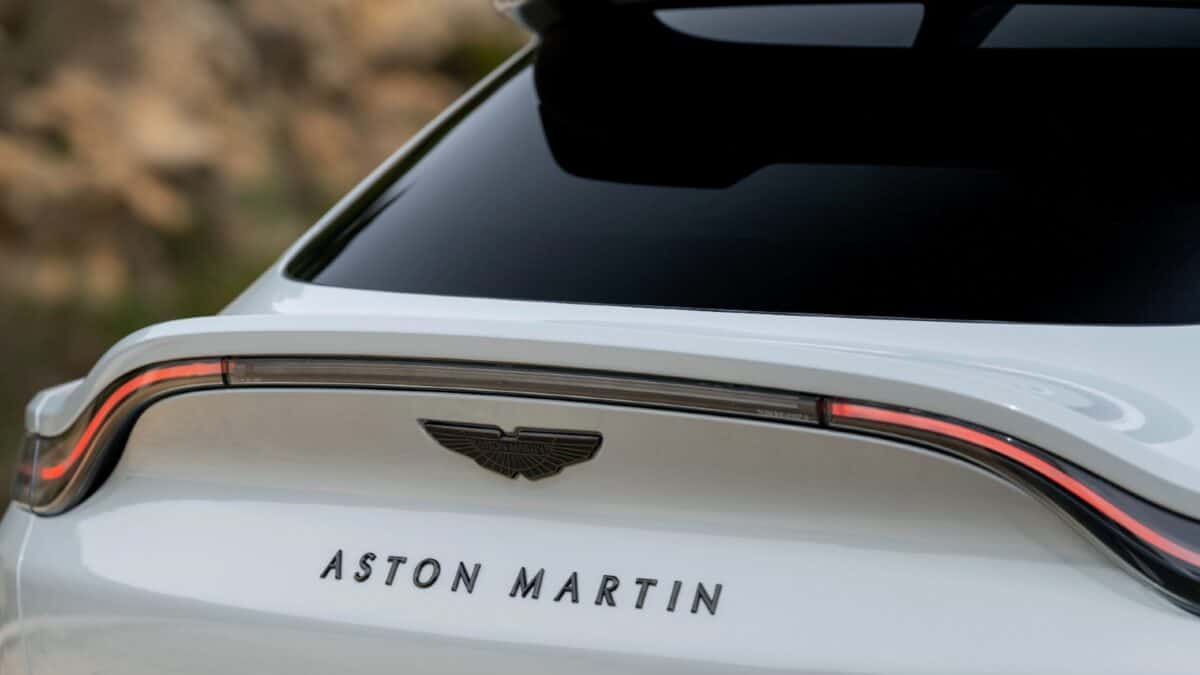Call me old-fashioned but I’d expect to be profitable. However, since ( ) made its stock market debut in October 2018, the company’s managed to rack up post-tax losses of £1.473bn.
That’s a loss of £51,700 for every vehicle sold. The British icon’s share price tanked 26% on 30 September after it said it was going to deliver 1,000 fewer cars than previously expected. The directors blamed this “ ” on a slowdown in demand in China and supply chain issues.
For the year ending 31 December 2024 (FY24), free cash flow is expected to remain negative. And earnings are forecast to be lower than in FY23. The company’s now worth £1.
32bn, approximately 69% less than at IPO. A long but troubled history Some companies make losses because they’re in a start-up phase hoping, for example, to find precious metals deep underground or develop a new wonder drug that will transform people’s lives. Unfortunately, Aston Martin cannot use this excuse for its poor financial performance — the luxury car maker’s been in business since 1913.
But during this time, it’s survived seven bankruptcies. Many management teams have struggled to make the company consistently profitable. I’m not sure why people thought its fortunes would change by listing on the stock market.
And I suspect things are going to get more difficult over the coming years. The days of the thirsty petrol-guzzling V12 engine are long gone, and so it has to manage the transition to producing electric vehicles. Th.


















